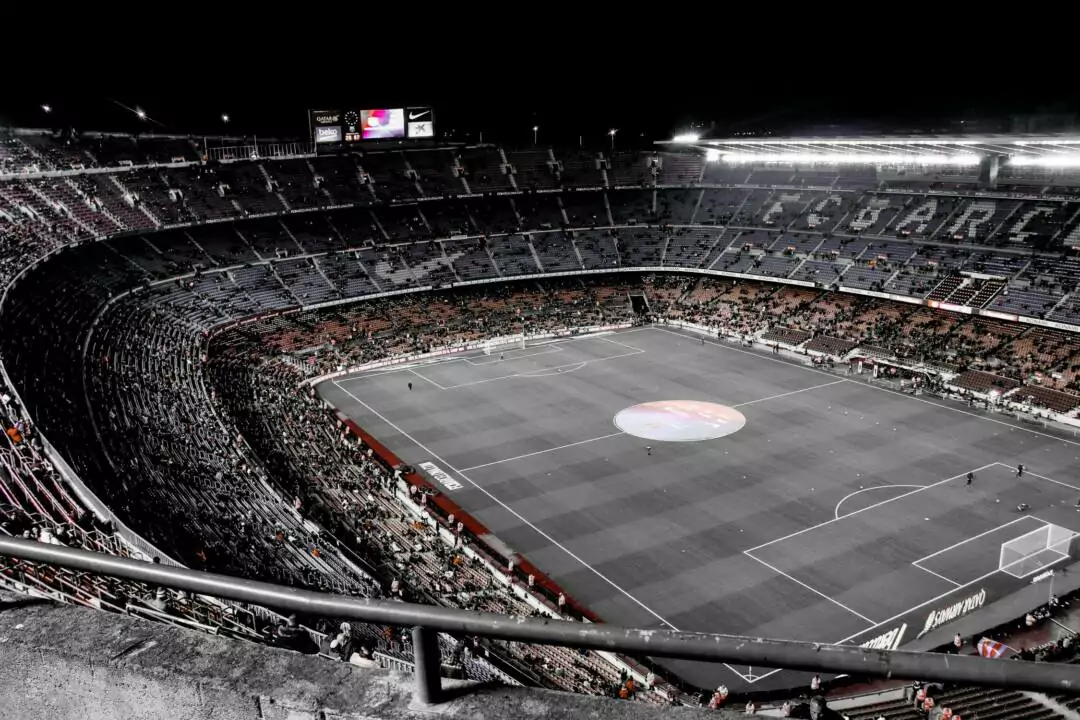Over the years, the sports sector has witnessed numerous changes, with technology playing a defining role. As a huge football fan, you must have noticed several technological additions. The goal line technology is one of those that have shaped the sport, ensuring that referees’ decisions are correct. We will provide information on the arrival of goal line technology and instances where it has proven to be a necessity in the game of football.
Arrival of Goal Line Technology
It can be annoying when your favourite football team is unjustly cheated due to a wrong refereeing decision. Bettors can also be greatly affected. For instance, if you wager on football events using various sports betting apps like DraftKings, FanDuel, bet365, etc., and a decision that should have stood didn’t, it affects the whole outcome of your bet. The arrival of goal line technology affords bettors more confidence in using this legal mobile betting app to place various bets. The app is available for download on iOS and Android devices, ensuring the inclusivity of all customers. Punters can wager on the MLS, English Premier League, Bundesliga, UEFA Champions League, La Liga, and other major football leagues using the betting platform.
Former FIFA President Sepp Blatter initially rejected the introduction of goal line Technology. He claimed that aside from being very expensive, it would disrupt the game’s natural dynamism. However, the Swiss made a turnaround after a couple of controversial decisions that yearned for the immediate use of the technology. Frank Lampard’s denied goal in England’s 2010 World Cup loss to Germany was when Blatter finally admitted to the technology being necessary.
In 2012, football lawmakers agreed to the use of goal line technology. This innovation was implemented in 2014, with the 2014 FIFA World Cup being one of the beneficiaries. Other top leagues like the Premier League, Bundesliga, Serie A, and Ligue 1 also embraced it. In fact, the Premier League has been one of the advocates of this technology as far back as 2006. They gained approval in the 2013/14 season and have been essential to the game.
What is Goal Line Technology?
Goal line Technology aids the referees, helping them determine whether a goal stands. This innovation employs an electronic device that signals to the referee whether or not the ball has fully crossed the goal line. Technology companies such as Hawkeye, GoalRef, Goalcontrol, and Cairos were vital in developing goal-line technology. Goalcontrol and Hawkeye are similar in that they provide footage to help determine the ball’s position. GoalRef and Cairos, on the other hand, are responsible for installing chips and a magnetic field in the ball to track it when it crosses the goal line. All of these companies were licensed by FIFA in 2013, with Leagues and competition organisers having to choose one if they needed to install the technology.
Hawkeye is a Sony-owned business that was launched in 2001. Fraunhofer, a German research institute, collaborated with Select Sport to create GoalRef, which underwent its first stage of testing in 2011.
Goalcontrol is a German company currently known as Vieww. Vieww’s camera was tested in 2013, and FIFA licensed it in the same year. Cairos GLT System, on the other hand, collaborated with Adidas to provide one of the best goal-line innovations. It was initially tested for use at the 2005 under-17 World Cup before being retested in 2017 and confirmed to have 100% accuracy.
Final Verdict
Goal line technology has proven to be essential for football over the years. The absence of one in Barcelona’s 3-2 loss to Real Madrid in their final El Clasico game of the season raised many questions.
This scenario can be the wake-up call for La Liga to introduce this technology, as they are the only top league yet to do so. However, one of the reasons why it has yet to be implemented is the cost of setting up one. It’s quite expensive, which makes it impossible for other domestic and lower leagues to have one.
🚨🗣️ Javier Tebas: “Goal-line technology? It is not perfect, that’s the first reason.
Also, it costs €5M – €6M over a particular season, and it comes into use only 3-4 times unlike the VAR which is used almost in every match. Its value is very high compared to usage.” pic.twitter.com/zIGnaBXbjY
— Managing Barça (@ManagingBarca) April 24, 2024
There have also been situations where the technology failed, but its impact cannot be brushed aside. It has enjoyed its fair share of criticism, but there is no doubt that it has improved the game of football. It eliminated uncertainty about whether a ball crossed the goal line.
Stay updated with all the insights.
Navigate news, 1 email day.
Subscribe to Qrius

